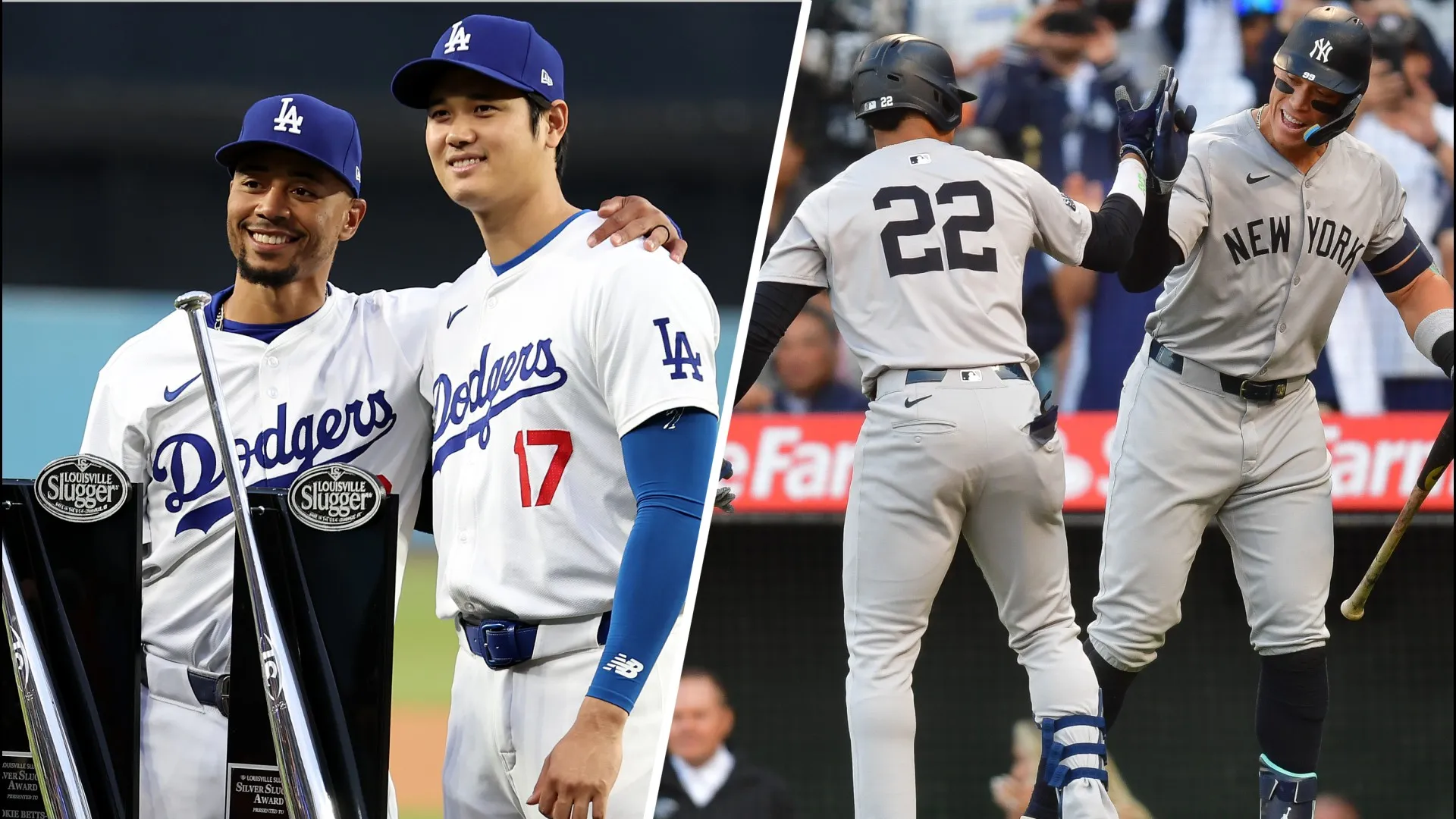MLB's new three-batter rule for relievers should have a fairly significant impact on the way managers manage and pitching coaches handle their bullpens.
To review, the new rule is that a pitcher entering after the starting pitcher must face at least three batters or pitch to the end of the current inning. So, for example, if Adam Morgan comes in with two on and two outs in the sixth inning and gets the third out, he does not need to come back out for the seventh.
This rule will obviously most affect relief specialists. Let's use Jose Alvarez as an example. Last season, Alvarez was one of the few Phillies pitchers who didn't take a step back from the prior year. He had a 3.36 ERA in 67 appearances. In 14 of those appearances, Alvarez faced one or two batters. It's why he amassed just 59 innings in those 67 appearances.
As best as they could, the Phillies tried to avoid having Alvarez face right-handed hitters. But it still happened frequently because there are more righties than lefties and because other teams routinely try to gain the platoon advantage by pinch-hitting.
Lefties hit just .236 with a .277 on-base percentage and .382 slugging percentage vs. Alvarez in 2019. Righties hit .328/.385/.475.
An actual example
To find an example of the type of appearance we'll no longer see, let's go back to last June 15, a 6-5 Phillies win in Atlanta. In that game, Alvarez came on with runners on first and second and two outs in the bottom of the seventh to face left-handed hitting Nick Markakis. He struck him out looking to end the inning.
MLB
This season, Joe Girardi and Bryan Price may be leery of bringing in Alvarez in that spot. The next two hitters were right-handed Austin Riley and switch-hitting Ozzie Albies, who was one of the best hitters in baseball last season against lefties (.389/.414/.685). The upside of ending the inning at Markakis may not be worth having to potentially use the lefty Alvarez against Riley and Albies.
Risk vs. reward
Managers and pitching coaches will have to constantly weigh whether the platoon advantage against a specific player (Markakis in this case) is worth the subsequent disadvantage if the inning doesn't end. You're always going to want a lefty facing Freddie Freeman, but you may be able to get away with keeping your right-handed pitcher in to face Markakis in that instance above.
Recently signed Francisco Liriano could be better equipped to deal with this rule change. While he's been much better against lefties throughout his career, he's also had some success against righties because of the effectiveness of his changeup. His career splits: .218/.296/.305 from lefties and .249/.335/.399 from righties. That follows closely with how he performed against righties last season as well.
Morgan should be relatively unaffected — when he's been successful it has been against hitters from both sides, not just lefties.
Righties could feel it, too
The rule change doesn't end with southpaws, though. While the left vs. left matchup traditionally is harder on the hitter than right vs. right, some right-handed relievers will feel this too.
Vince Velasquez, for example, could play a key relief role for the Phillies. Throughout his career, Velasquez has allowed left-handed hitters a batting average 24 points higher than righties and an OPS 67 points higher. Maybe you want Velasquez coming in to face Marcell Ozuna, who is 3 for 20 lifetime off of him, but you're going to hesitate if Markakis (9 for 22 with a double and four walks) is lingering on deck.
How 'bout the hitters?
On the flip side, this could benefit a few Phillies hitters. We don't yet know how the Phils are going to construct their lineup, but you'd think that Bryce Harper will be followed by right-handed Rhys Hoskins and J.T. Realmuto. Harper was so good against lefties last season (.283 BA, .949 OPS, 15 HR) that teams in 2020 may opt to just use a right-hander against those three hitters. Why bring in a lefty who may not retire Harper anyway just to be forced to use that lefty against Hoskins and Realmuto?
Faster pace of play
It's unclear exactly how managers will adapt to the new three-batter rule but it is clear that it will shorten games. Think about all the innings last season — particularly in September — when three or four different pitchers were used. That's about 10 minutes right there of just pitching changes, factoring in the time it takes a manager to walk to the mound and the time it takes the new reliever to get to the mound and complete his warmups.
This should also create more offense, too, since there will be fewer platoon-based matchups late in games. If MLB goes away from golf balls and goes back to actual baseballs that don't turn 50 percent of the league into 20-home-run hitters, that extra offense should be a positive as well.
Subscribe and rate Phillies Talk:
Apple Podcasts / Google Play / Spotify / Stitcher / Art19
Click here to download the MyTeams App by NBC Sports! Receive comprehensive coverage of your teams and stream the Flyers, Sixers and Phillies games easily on your device.


